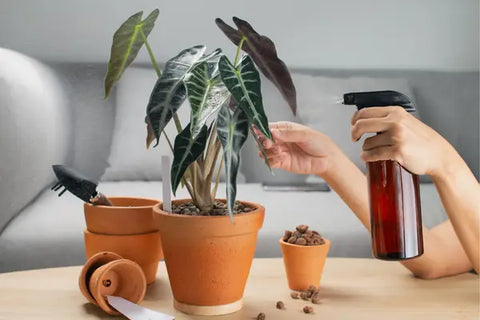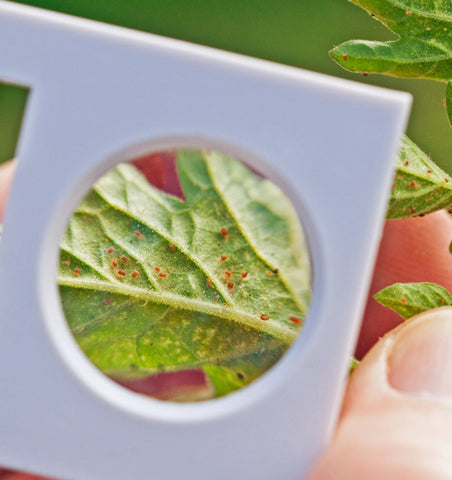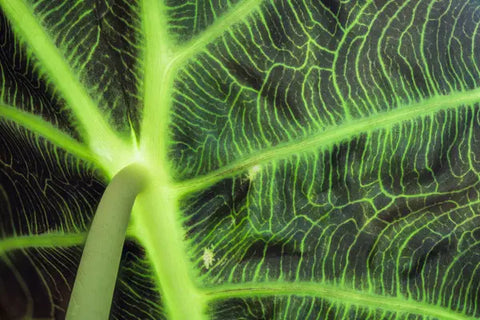Call, text, or email us -
0432883965
info@greenmyspace.com.au

Most Alocasia, also know as Elephant Ears, are native to Asia, where they flourish in the warm, humid, tropical environment. They are a popular indoor plant as they often have striking foliage (such as Alocasia dragon scale), or unusual detail along their stems (such as Alocasia zebrina).

Alocasia grow from rhizomes, allowing them to go dormant during the colder winter months, and then begin growing again when the weather warms up. If you do find that your Alocasia dies down to a stump in the winter months, it may not actually be dead, just dormant. It is possible to get an Alocasia to avoid dormancy by keeping in warm (>16 C) all year round.
Many people also show concern about their Alocasia’s dying leaves, but this can also be normal. Many Alocasia will typically only keep 3 leaves at any one time; when a new leaf grows, an old leaf will die.
Alocasia are not overly fussy about light and humidity. They grow best in bright light, but can also handle lower levels of light. Just be sure not to put them in direct light, as it will burn their leaves. They also grow best in high humidity (>70% RH), but will survive just fine in regular household humidity (~40% RH).
As far as pest go, Alocasia are prone to spider mites, especially when they are kept in lower levels of humidity. The first sign of spider mites is often a yellowing leaf and/or fine webbing. A closer inspection of a spider mite infected leaf will reveal tiny little white or red dots (the mites) moving around the leaf.
In our experience, the biggest hurdle when keeping Alocasia is watering. They don’t like to be too wet or too dry. Under-watering is preferable to overwatering, as there is more chance of the plant recovering from a lack of water (as long as it hasn’t been dry for too long). If root rot occurs from overwatering, the visible cues will only become obvious once the rot has completely set in…and by then it can be difficult to save your plant.
The best time to water an Alocasia is when the top 3 cm of its soil is dry. Another way to tell when the plant needs water is when it's leaves droop slightly. It can be problematic to rely on a regular watering schedule for Alocasia, as their water needs will differ from time to time. They become thirstier when they are pushing out a new leaf, and will require less water in the lead into winter dormancy.

We suggest two things to help you deal with the fussiness of Alocaisa’s water needs. Firstly, always keep them in the smallest pot their roots will fit in, and only go up a size when absolutely necessary (when you see their roots growing outside the pot). Secondly, keep them in well-draining soil. Add amendments to their potting mix such as perlite, charcoal, orchid bark and pumice to increase soil drainage.
Check our our range of Alocasia here